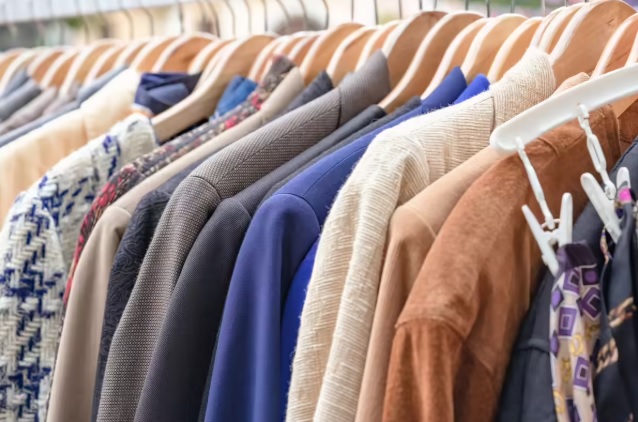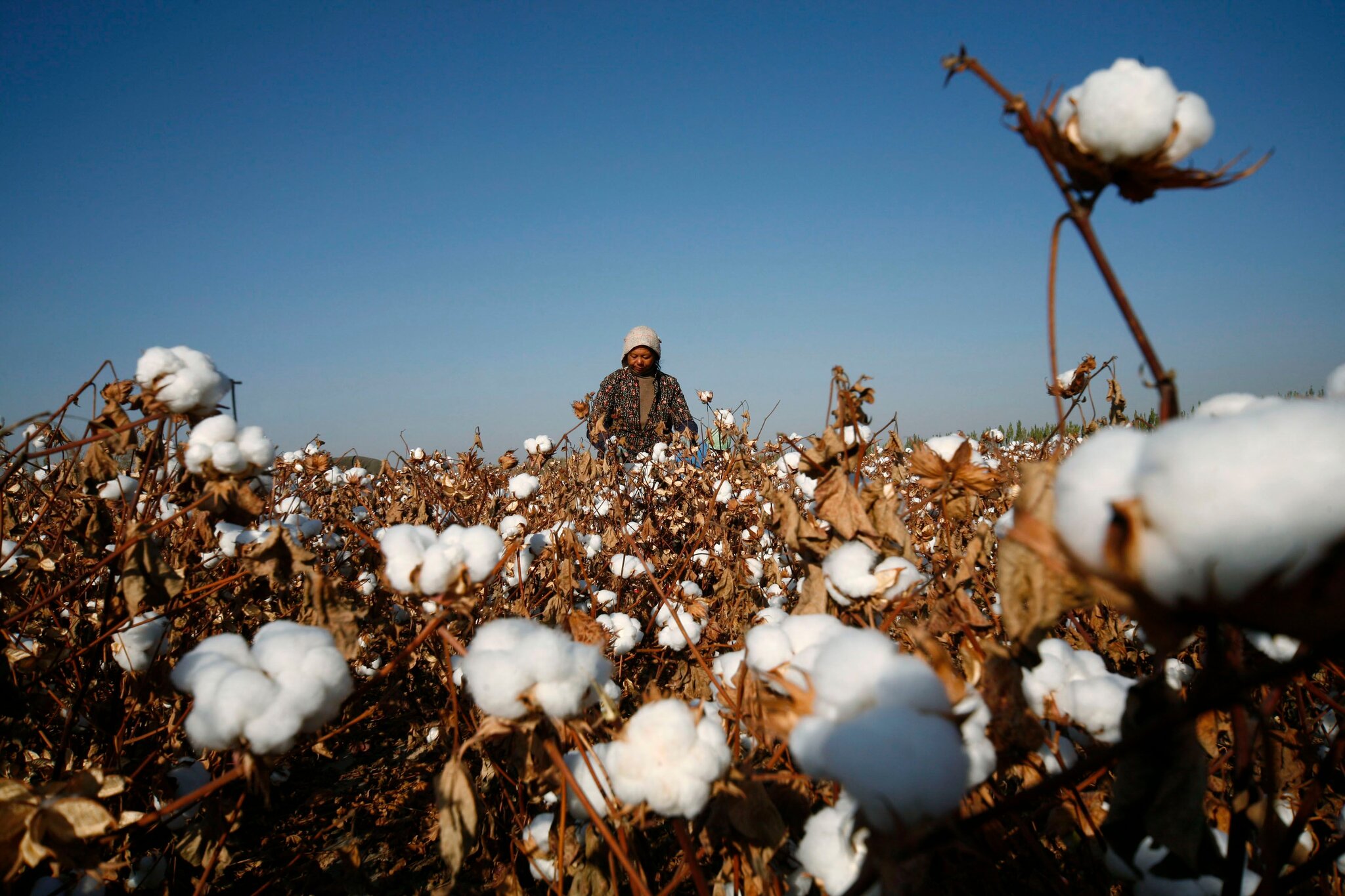
A recent analysis of global garment import trends from 2013 to 2024 reveals a divergence in strategies and market dynamics between the European Union and the US. While the EU has consistently increased its garment imports, revealing a growing appetite for international textiles, the US market has largely remained stagnant, and in some areas, even seen a decline. This contrasting picture points to a reshaping of the global garment trade, with implications for both importing blocs and exporting nations.
A tale of two markets
From 2013 to 2024, EU garment imports have shown a consistent upward trajectory, with substantial growth. In stark contrast, US garment imports have largely fluctuated, ending the period at levels similar to where they began.
Table: Global garment imports: EU vs US ($ millions)
|
Year |
EU imports ($ mn) |
US imports ($ mn) |
Trend (2013-24) |
|
2013 |
105,000 |
80,000 |
EU: Significant Increase |
|
2024 |
152,000 |
80,000 |
US: Remained Stable |
Data approximated from source PDF.
Shifting sourcing strategies
The divergence becomes even clearer when examining specific exporting nations. Below is a simplified overview of garment import data for the EU and US from various countries, highlighting the start (2013) and end (2024) values, along with a general trend summary.
Table: Country-specific garment imports: EU vs US ($ mn)
|
Country |
Imports in 2013 (EU) |
Imports in 2024 (EU) |
EU Trend |
Imports in 2013 (US) |
Imports in 2024 (US) |
US Trend |
|
China |
37000 |
34500 |
Remained Steady |
29500 |
15500 |
Declined |
|
Bangladesh |
13000 |
27500 |
Significant Increase |
5000 |
7000 |
Slight Increase |
|
Vietnam |
2700 |
7000 |
Increased |
7800 |
15000 |
Significant Increase |
|
Cambodia |
2200 |
6500 |
Significant Increase |
2500 |
3800 |
Increased |
|
Pakistan |
1600 |
4500 |
Significant Increase |
1400 |
2200 |
Increased |
|
Sri Lanka |
1200 |
2100 |
Increased |
1650 |
1650 |
Remained Stable |
|
Myanmar |
150 |
3300 |
Significant Increase |
20 |
200 |
Slight Increase |
|
Morocco |
3200 |
4500 |
Increased |
100 |
300 |
Slight Increase |
|
Turkey |
11500 |
13800 |
Increased |
500 |
1250 |
Increased |
|
Tunisia |
2900 |
2950 |
Remained Stable |
150 |
300 |
Increased |
|
UK |
2900 |
1600 |
Declined |
100 |
160 |
Slight Increase |
What’s driving the trends?
There are several reasons for the disparate trends:
• Economic growth and consumer demand: Stronger consumer demand and economic growth within the EU compared to the US might be driving the increased import volumes.
• Trade policies and agreements: The EU's extensive network of trade agreements and preferential tariffs with various garment-producing nations could be facilitating higher import volumes. The US, on the other hand, might have different trade priorities or less favorable agreements with certain key suppliers.
• Diversification of supply chains: The US appears to be actively diversifying its garment sourcing, particularly away from China, which has led to stagnation or decline in overall import figures, even as imports from other nations like Vietnam increase.
• Geopolitical considerations: Geopolitical factors and specific country-related risks or opportunities could be influencing sourcing decisions for both blocs. For instance, the significant growth in EU imports from Myanmar might be tied to specific investment or trade initiatives.
• Fashion trends and market specifics: Differences in fashion trends, consumer preferences, and retail strategies between the EU and US markets could also play a role in shaping import demands.
Outlook, a continuing divide
The data suggests that the EU and US are on distinct paths regarding garment imports. The EU's consistent growth highlights its role as a key driver of demand in the global textile market, while the US appears to be undergoing a recalibration of its supply chains. This ongoing difference will likely continue to reshape the global garment industry, impacting production hubs, logistics networks, and ultimately, consumer choices worldwide. As these trends evolve, close monitoring will be essential to understand the full economic and social ramifications for both importing powerhouses and the nations that clothe them.












